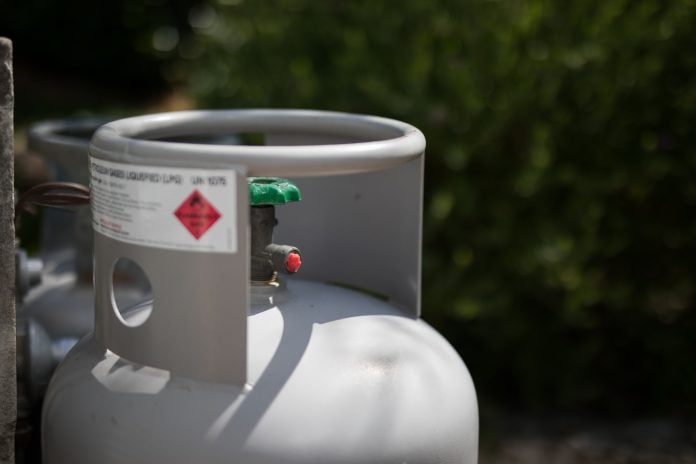In a notable shift within the U.S. energy landscape, the latest Short-Term Energy Outlook from the U.S. Energy Information Administration (EIA) highlights a significant increase in natural gas inventories, forecasting levels to reach 3,872 billion cubic feet (Bcf) by the end of October 2025. This marks a 2% rise above the previous five-year average for this time of year, providing both opportunities and considerations for small business owners reliant on energy resources.
Throughout the injection season, which typically spans from April to October, the U.S. has witnessed an impressive surge in natural gas production, outpacing consumption significantly. Data shows that from late April through early June, weekly net injections into natural gas inventories exceeded 100 Bcf for seven consecutive weeks—an occurrence not seen since 2014. Such dynamics may have profound implications for energy costs and availability in the upcoming months.
For small businesses, especially those operating in sectors sensitive to energy prices like manufacturing and hospitality, this increase in natural gas supply could offer some relief. The heightened inventory levels not only signal potential stabilization in energy pricing but also pave the way for more predictable energy costs. Small business owners should consider leveraging this environment by reassessing their energy contracts or exploring alternatives that may arise from this increased availability.
Historically, the injection season sees a surplus in natural gas being placed into storage, a trend that has previously shielded the market from drastic price fluctuations. This year appears particularly promising, with total natural gas inventory reported to be 7% above the five-year average as of August 8. It’s a notable recovery from the start of the injection season when inventories were 4% below average.
Interestingly, while the trend of increasing inventories is encouraging, the latter part of the injection season anticipates smaller weekly net injections due to higher consumption for power generation and increased exports of liquefied natural gas (LNG). Particularly concerning for small businesses is the expected uptick in natural gas consumption as industries ramp up operations, which could lead to tighter supply conditions as October approaches.
The EIA’s forecast indicates that the South Central, Midwest, and East storage regions contribute significantly to the increasing storage volumes, with the South Central region projected to maintain levels above the five-year average, closing out the season at the highest level since 2016. This regional data can be critical for small businesses operating in these areas, suggesting a more stable energy environment that could translate to consistent operational costs.
Given these developments, small business owners should remain vigilant and proactive. Understanding how fluctuating natural gas prices and inventory levels may impact their specific industries is crucial for maintaining profitability. Additionally, businesses may want to explore energy efficiency measures or alternative energy sources as a buffer against potential future constraints.
While the outlook appears positive, challenges do loom on the horizon. The dynamic nature of natural gas markets means that any future shifts in consumption patterns, driven by weather, economic demand, or geopolitical factors, could complicate this seemingly stable scenario. Owners must stay informed and agile, prepared to adapt their strategies based on real-time market changes.
Industry experts encourage small business leaders to engage with energy consultants or utilize resources from the EIA to better understand the implications of these forecasts. By staying informed and planning ahead, small business owners can harness the benefits of a supportive energy market while strategically navigating its challenges.
For more detailed insights, you can access the full report on the EIA website here.
Image Via Envato: Lightitup_now



